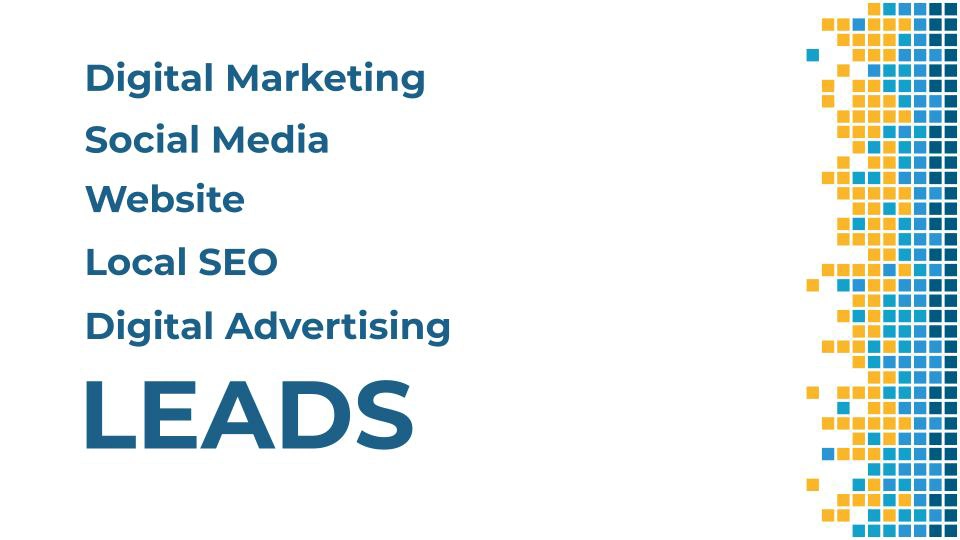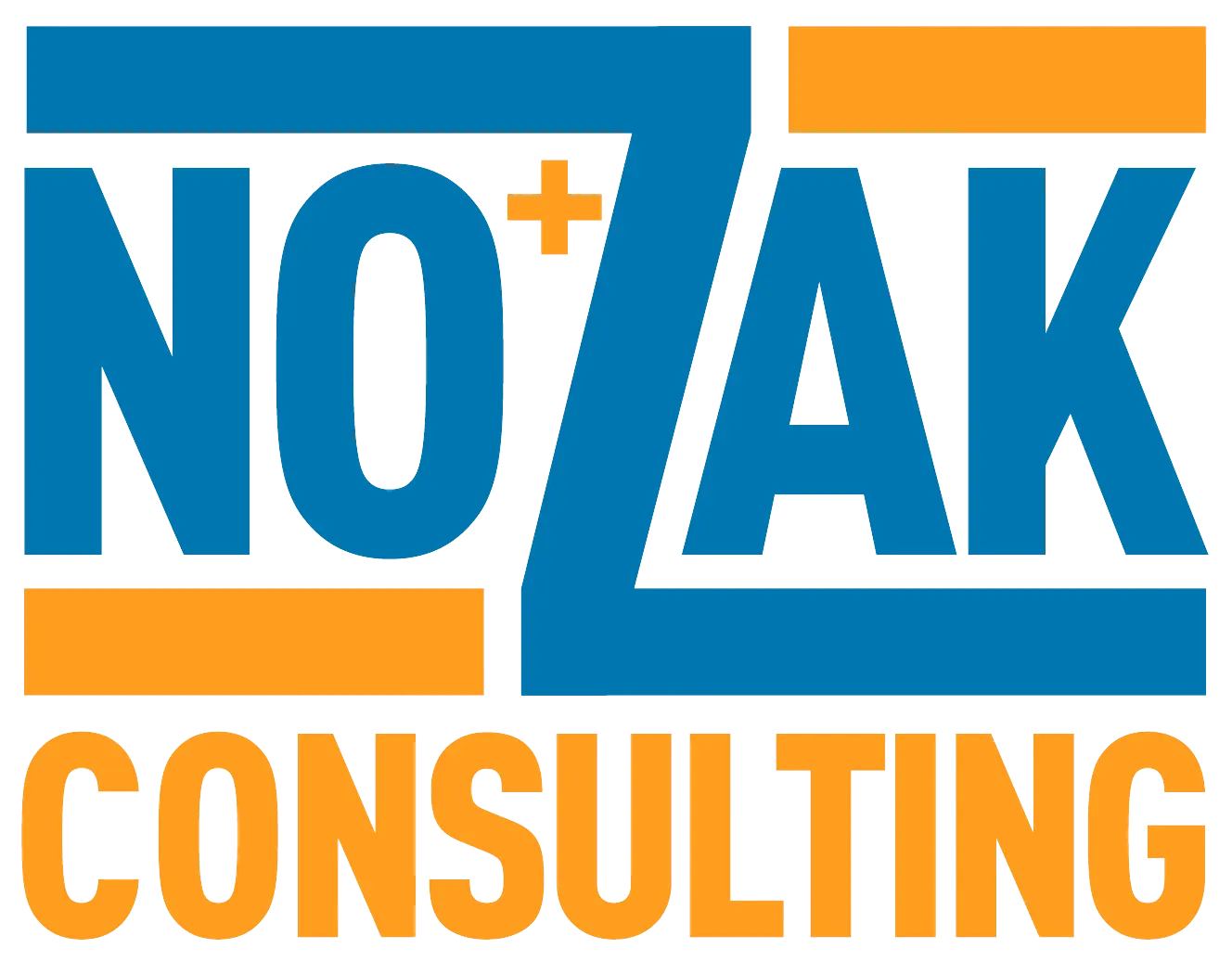
Learn the answer to what a sales lead is with Nozak Consulting.
A lead is a potential customer that has been identified based on contact or behavior. Leads are identified and handled at first by marketing and then are often passed on to sales when they are ready to make a purchase.
This interplay makes them both an opportunity to make a customer and to streamline business operations.
What Makes a Lead?
A lead is someone who has demonstrated an interest in a company through action. Clicking on links, reading content, asking questions on social media are just a few of the ways they can make their intentions known. At this point, they go from a visitor to a lead.
At this point, they are unqualified leads, because they have shown only cursory interest. Sending them to the sales department now would be a waste of time because a company can get a lot of unqualified leads for each eventual customer.
Unqualified Lead vs. Qualified Lead
An important concept to understand is the difference between a qualified lead and an unqualified lead. This concept is important because resources are finite and can’t be wasted on everyone who visits a website. Most aren’t going to make a purchase.
Unqualified Lead
An unqualified lead is anyone who has found their way to the top of a business’s sales funnel.
Just like with any funnel, the top is the largest part, open and waiting for leads to take a journey to become a customer. The term “sales funnel” is used to represent a visual demonstration of the sales process.
Qualified Lead
Qualified leads, by comparison, have reached out or been contacted by the company.
They have demonstrated behavior that is indicative of interest in making a purchase or have been vetted by the company. In general, only high-quality leads become qualified.
If a lead fills out a form, joins a mailing list, or is engaged in some other way, this is a good sign they are interested. At this point making them a qualified lead indicates a belief that they could become a customer and make a purchase.
How to Determine Quality Leads
Once the concept of unqualified and qualified leads is understood, there has to be more. Determining what is a quality lead involves comparing that lead to historical data or comparing behaviors to those who have become customers.
This is done in many different ways:
- Attributes like interest and engagement
- Market factors and comparative analysis
- Financial factors, like income or available budget
- Engagement with technological infrastructure
- Where the lead came from
Attributes
This varies by business but often leads that become customers engage in similar behaviors. They may click on the same type of deals, download certain offers, sign up for a newsletter, etc. When a lead engages in these behaviors it is safe to say they are interested in making a purchase.
Other attributes that can determine quality leads form what is called the sales persona. This is the average person that becomes a customer of a business. They may be expecting mothers, single people who make over $40k a year, or other qualifying attributes.
Market Factors and Analysis
Determining what is a quality lead often comes down to the marketplace and where a company or product fits into it. Who is on the market for the products or services offered, and what unites them. This information is only available via analysis of market placement.
For instance, a B2B company could focus on heavy equipment contractors or plumbers. This way you know if a plumber is checking out your products, you already have a better chance of converting them into a customer.
Financial Factors
How much does a product cost, and how essential is it? Does it appeal only to those with expendable income or is it something that everyone needs? If selling to another business, does this lead have the available budget and decision-making power to become a customer?
These are all questions and financial factors that can qualify a lead. If a product is high cost, then a qualified lead should be someone who makes a decent income. If a business sale is on the horizon, the lead should have the ability to make the purchase.
Technological Infrastructure
When a lead engages with technological infrastructure, it shows more interest. This can be as simple as filling out a form and joining a mailing list. Having that infrastructure in place is essential, as it gives a lead the opportunity to express more positive behavior.
Here are some examples of technological infrastructure that can help determine quality leads from basic visitors:
- Email groups
- Information forms
- Social media engagement
- Keyword monitoring about brand and company
- Retargeting technology
Origin of the Lead
Once a company has an idea of where its market share is, and who that includes, the marketing department can identify channels that bring in the best leads. These are called lead generation channels. They can be natural or set up by a marketing department.
The goal of these is to fill the top of the sales funnel with new, high-quality leads who are more likely to become customers. This is why having extensive knowledge about what makes a great lead is important to the entire process.
What are the Types of Sales Leads?
Now that we know what makes someone a lead, and particularly what makes them a good lead, what are the different types that marketers and salespeople will interact with?
IQL – Information Qualified Lead
The first and least interested lead is called an information qualified lead, or IQL. This is a lead that has filled out a form or done some other basic step to contact or engage with the company. This is the coldest lead, still wandering around the edge of the sales funnel.
Often they have filled out information or contacted the company in such a way as to warrant becoming a lead but little else. They haven’t been contacted by the marketing department, and as such may not be the best place to invest time and energy, but will still often be sent to salespeople or may find their way to a purchasing point.
MQL – Marketing Qualified Lead
An MQL or marketing qualified lead is what happens when an IQL is vetted by the marketing department. They may be contacted, sent offers, and shown interest, or simply fit the profile of a potential customer after careful analysis. Either way, they are the second most qualified lead, and often are ready to be sent to the sales department.
SQL – Sales Qualified Lead
An SQL or sales-qualified lead is an MQL that has been passed on to the sales department and has been contacted. They are the best type of lead because they have been personally contacted or communicated a direct intent to make a purchase with the company.

Leads and Their Importance
Understanding how to categorize and classify leads helps make a business more efficient and effective. Wasting time and resources on those who aren’t likely to become a customer is akin to throwing money away. Make sure that leads are carefully vetted and that information and facts are used to make the discernment.
Leads going through the sales funnel also help to make a business more agile. Leads that are first seen by the marketing department have to be passed on to the sales department. This promotes cooperation and professional movement of leads to customers.
Knowing how to treat a lead, and what stage of the journey towards becoming a customer they are on helps make the process smooth and easy. The right amount of resources and contact will turn every SQL into a customer, and the business will see increases in revenue and profit.
